
Explore the Majestic Obelisk Tomb & Bab as-Siq Triclinium
Uncover the rich history and stunning architecture of the Obelisk Tomb & Bab as-Siq Triclinium, iconic landmarks in the heart of Petra, Jordan.
The Obelisk Tomb & Bab as-Siq Triclinium, located near Wadi Musa, is an awe-inspiring historical landmark that showcases ancient Nabatean architecture. This archaeological site invites tourists to delve into the rich history of Petra, with its stunning rock-cut structures and intricate carvings that reflect the ingenuity of the Nabatean civilization. Surrounded by breathtaking landscapes, this site is a must-visit for anyone exploring the wonders of Jordan.
A brief summary to Obelisk Tomb & Bab as-Siq Triclinium.
- 8FC7+F8P, Wadi Musa, JO
Local tips
- Arrive early in the morning to avoid crowds and enjoy the sites in a more tranquil setting.
- Wear comfortable shoes as the terrain can be uneven and there is a fair amount of walking involved.
- Bring plenty of water to stay hydrated, especially during the warmer months.
- Don’t forget your camera! The stunning views and intricate details of the sites are perfect for capturing memorable photos.
- Consider hiring a local guide for deeper insights into the historical significance of the sites.
Getting There
-
Walking
Starting from the Petra Visitor Center, head towards the main entrance of Petra. After passing through the entrance gate, follow the path towards the Siq, a narrow gorge leading into the ancient city. The Siq is approximately 1.2 kilometers long and will lead you to the Treasury. As you walk through the Siq, take in the stunning cliffs and rock formations around you.
-
Walking
Once you reach the Treasury (Al-Khazneh), continue past it and head towards the path leading to the Obelisk Tomb. From the Treasury, follow the signs towards the High Place of Sacrifice and keep walking uphill for about 500 meters. You will notice a path that veers off to the right leading to the Obelisk Tomb. This journey will take you through a stunning landscape with views of the surrounding mountains.
-
Walking
After visiting the Obelisk Tomb, you can continue to the Bab as-Siq Triclinium. To get there, return to the main path that leads from the Treasury. Follow this path back towards the Siq, and look for a sign indicating the Bab as-Siq Triclinium, which will be on your left after about 300 meters. The Triclinium is situated on a small plateau and is known for its rock-cut tombs featuring intricate carvings.
-
Walking
To return to the Petra Visitor Center after your tour of the Obelisk Tomb and Bab as-Siq Triclinium, retrace your steps back towards the Treasury and the Siq. Follow the same path back through the Siq, enjoying the views one more time, and exit the archaeological site through the entrance gate.
Discover more about Obelisk Tomb & Bab as-Siq Triclinium.
Iconic landmarks you can’t miss
Jordan Memory tours
0.7 km
Explore the enchanting Wadi Musa and the ancient city of Petra with Jordan Memory Tours, where rich history meets breathtaking landscapes.
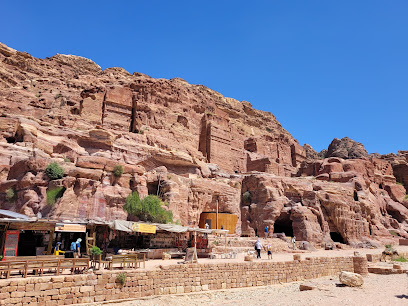
Mövenpick Petra
0.8 km
Experience luxury and comfort at Mövenpick Petra, the gateway to the ancient wonders of Petra, Jordan, where modern elegance meets rich history.

Go Jordan Travel and Tourism
0.9 km
Discover the beauty and history of Jordan with Go Jordan Travel and Tourism—your trusted partner for unforgettable experiences.
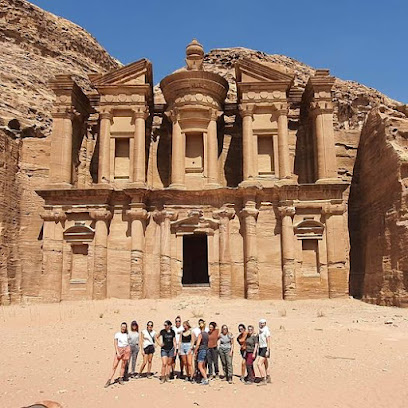
al yakhor turkish bath
1.0 km
Discover tranquility and rejuvenation at Al Yakhor Turkish Bath in Wadi Musa, where ancient traditions meet modern relaxation techniques.
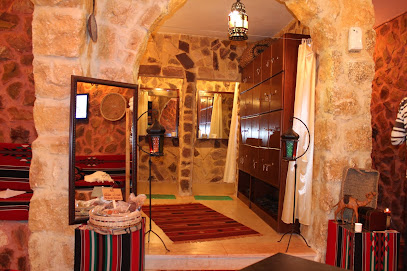
Value Place Apartments
1.0 km
Experience budget-friendly comfort at Value Place Apartments in Wadi Musa, the perfect base for exploring the ancient city of Petra.
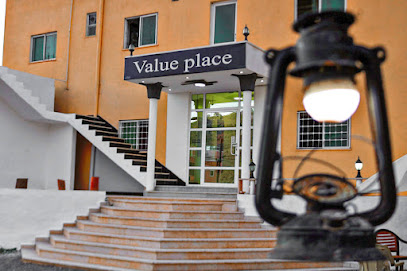
A Piece of Jordan
1.2 km
Explore Petra and beyond with A Piece of Jordan, your trusted travel agency in Wadi Musa, crafting unforgettable experiences in the heart of Jordan.
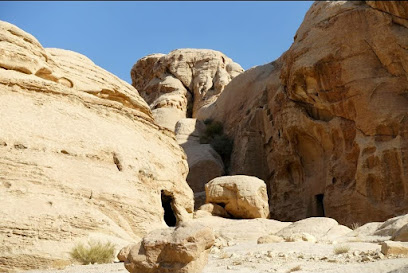
Abdullah - Petra / Jordan Private Tour Guide
1.3 km
Explore the enchanting ruins of Petra with Abdullah, your dedicated private tour guide, and uncover the secrets of this ancient city.
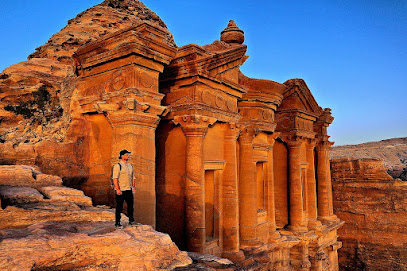
Unmissable attractions to see
Djinn Blocks
0.1 km
Discover the enchanting Djinn Blocks near Petra, where ancient history meets captivating folklore in a stunning archaeological site.
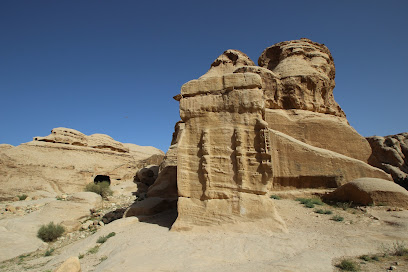
Petra Visitor Center
0.5 km
Explore the Petra Visitor Center, your gateway to the ancient city of Petra, rich in history and breathtaking landscapes.
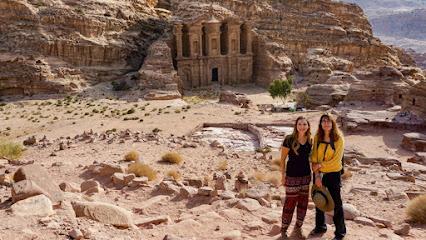
Al-Madars المدرس
0.6 km
Discover the beauty of Al-Madars in Wadi Musa, a serene tourist attraction offering stunning landscapes and rich cultural history.

Petra Museum
0.6 km
Explore the captivating history of Petra at the Petra Museum, showcasing artifacts from the ancient Nabatean civilization near the iconic archaeological site.
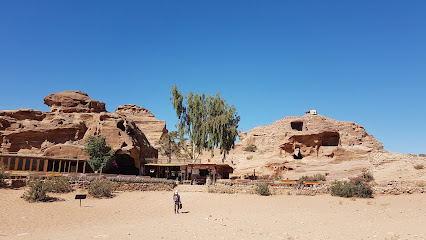
I Love Petra
0.7 km
Experience the charm of 'I Love Petra' – the perfect photo spot and gateway to the ancient wonders of Petra in Wadi Musa.
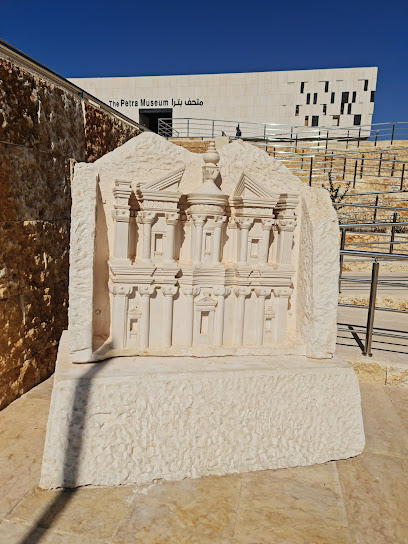
Viewpoint Petra and Wadi Musa
0.7 km
Explore the stunning vistas of Petra and Wadi Musa, where history and nature converge in breathtaking beauty.
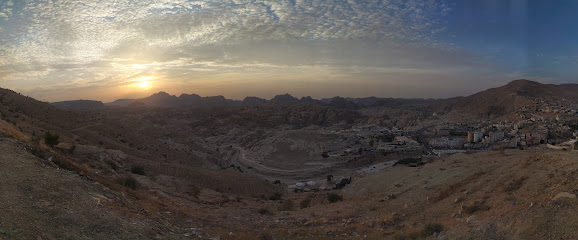
Al-Siq
0.7 km
Explore the enchanting Al-Siq, the stunning gorge leading to Petra, where ancient history and breathtaking natural beauty converge.
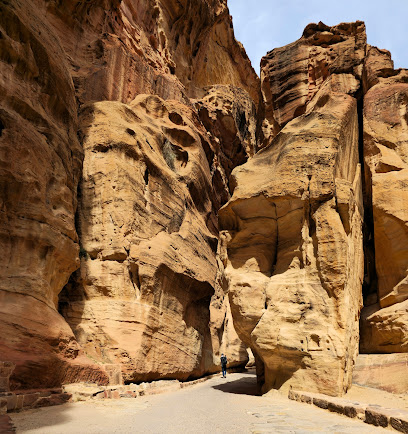
Wadi Musa Park
0.8 km
Experience tranquility and natural beauty at Wadi Musa Park, a serene escape near the historic wonders of Petra, Jordan.
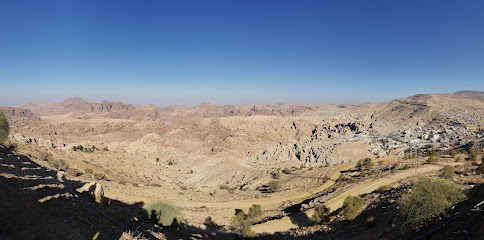
I Love Petra Sign
0.8 km
Discover the iconic 'I Love Petra' Sign in Wadi Musa, a perfect backdrop for capturing unforgettable moments in the heart of Jordan's ancient treasures.
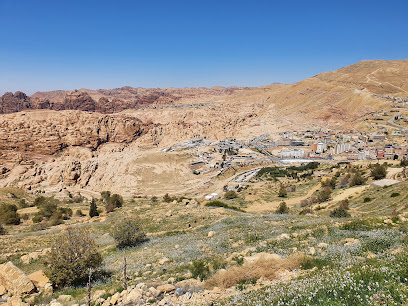
مطل
0.8 km
Discover the breathtaking views and serene atmosphere of مطل in Wadi Musa, a hidden gem for nature lovers and photography enthusiasts.
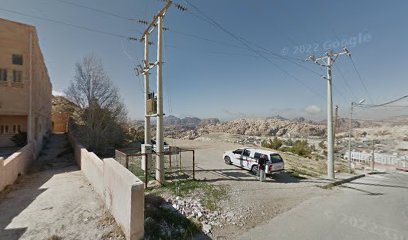
One Day Tour Petra jordan
0.8 km
Discover the ancient city of Petra with a captivating one-day tour that unveils its stunning rock-cut architecture and rich Nabatean heritage.
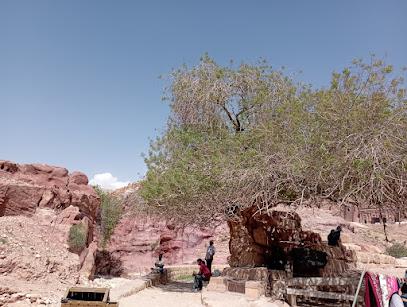
Petra Archaeological Park
0.9 km
Discover the ancient city of Petra, a UNESCO World Heritage Site in Jordan, famed for its stunning rock-cut architecture and rich history.
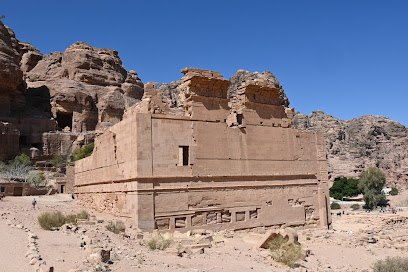
The Treasury from above
1.1 km
Experience the breathtaking views of The Treasury from above in Petra, Jordan, a historical landmark and a must-visit tourist attraction.
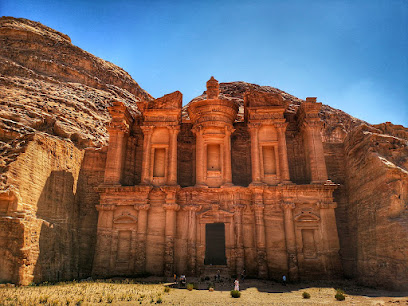
Petra Balloon
1.1 km
Discover Petra from the skies with a breathtaking hot air balloon ride over Wadi Musa, where ancient history meets stunning landscapes.

The Treasury
1.1 km
Discover the architectural marvel of The Treasury in Petra, Jordan—where history, culture, and breathtaking landscapes merge in a UNESCO World Heritage site.
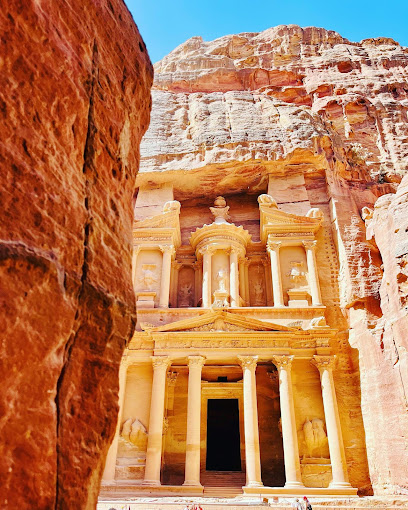
Essential places to dine
The Aloe Vera Restaurant
0.5 km
Experience authentic Jordanian cuisine at The Aloe Vera Restaurant in Wadi Musa – where every dish tells a story.
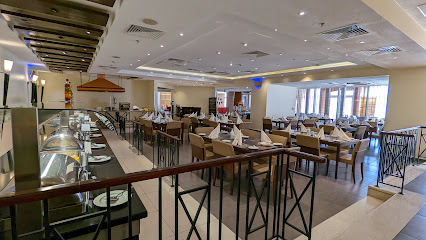
La plazza pizza
0.6 km
Discover the flavors of Wadi Musa at La Plazza Pizza - where every slice tells a story amidst stunning landscapes.
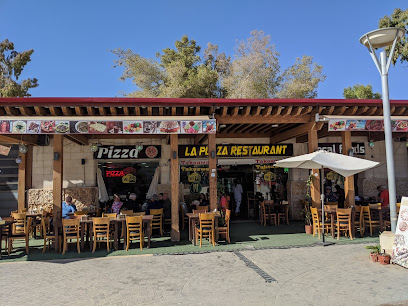
Al Iwan Restaurant
0.7 km
Savor authentic Middle Eastern flavors in Wadi Musa at Al Iwan Restaurant - where tradition meets taste in every dish.
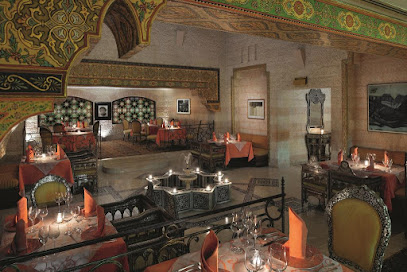
Al Ghadeer Roof Garden
0.7 km
Experience exquisite Middle Eastern cuisine at Al Ghadeer Roof Garden while enjoying breathtaking views of Petra's ancient landscape.
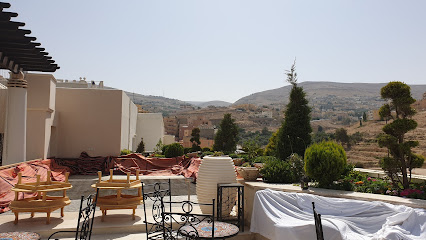
Al Saraya Restaurant
0.8 km
Experience exquisite Jordanian flavors at Al Saraya Restaurant, your ultimate buffet destination in Wadi Musa near Petra.

Al Maqa'ad Bar
0.8 km
Experience relaxation at Al Maqa'ad Bar in Petra with delicious food and refreshing drinks amidst stunning views.
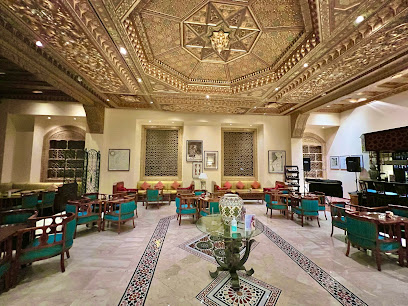
rendezvous restaurant petra
0.8 km
Discover authentic Asian flavors at Rendezvous Restaurant Petra, where every dish tells a story amidst the stunning backdrop of Wadi Musa.

Old Street Cafe & Restaurant
0.8 km
Experience delightful flavors and warm hospitality at Old Street Cafe & Restaurant in Wadi Musa—where every meal tells a story.
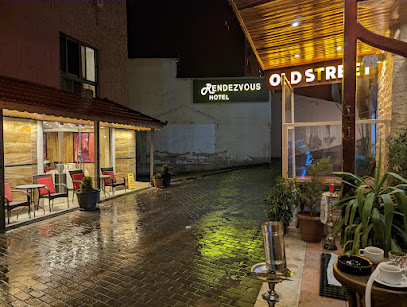
Pizza House
0.8 km
Savor delicious pizzas at Pizza House in Wadi Musa – where flavor meets tradition in a cozy setting.
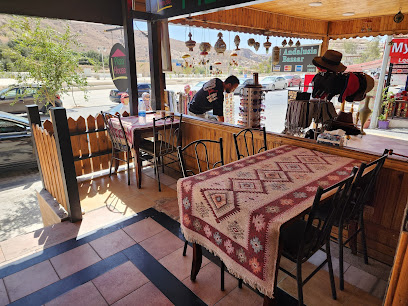
Red Cave Restaurant
0.8 km
Experience authentic Jordanian flavors at Red Cave Restaurant in Wadi Musa - a culinary treasure near Petra.

Petra oriental restaurant
0.8 km
Experience the authentic taste of Jordanian cuisine at Petra Oriental Restaurant in Wadi Musa—where tradition meets flavor.
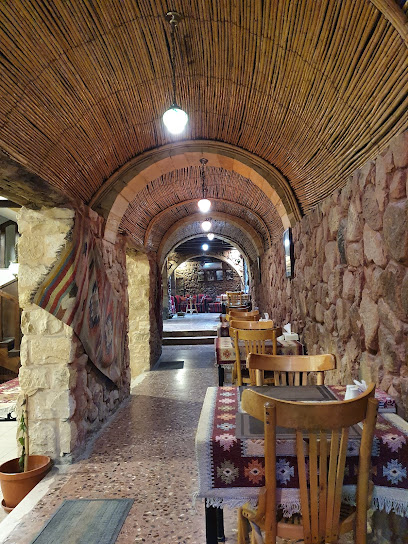
Sandstone
0.8 km
Experience authentic Jordanian cuisine at Sandstone in Wadi Musa - a culinary gem near Petra offering delightful flavors and warm hospitality.
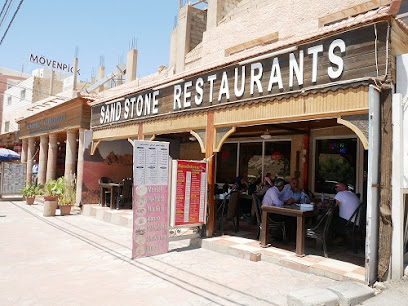
My Mom's Recipe Restaurant
0.8 km
Experience authentic Jordanian cuisine at My Mom's Recipe Restaurant in Wadi Musa – where every meal tells a story.
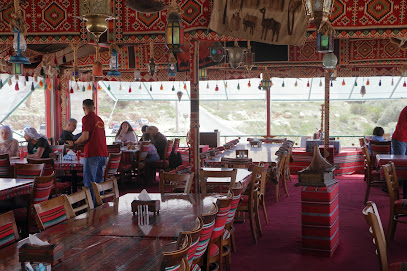
Petra Homemade Food Restaurant (cook with locals)
0.8 km
Discover the essence of Jordan through authentic home-cooked meals at Petra Homemade Food Restaurant in Wadi Musa.
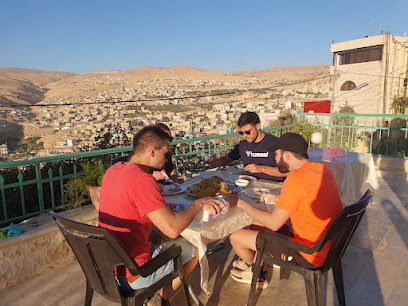
Petra mountains for local food
0.8 km
Discover authentic Jordanian cuisine amidst breathtaking mountain views in Wadi Musa's Petra region.
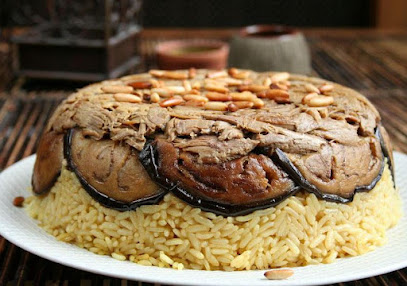
Markets, malls and hidden boutiques
The Cave Bar
0.5 km
Discover the enchanting Cave Bar in Wadi Musa, a unique nightlife destination set within a natural cave, perfect for drinks and relaxation after exploring Petra.

Jeff's Book Shop
0.5 km
Explore the charm of Jeff's Book Shop in Wadi Musa, where local literature and unique finds await every traveler.
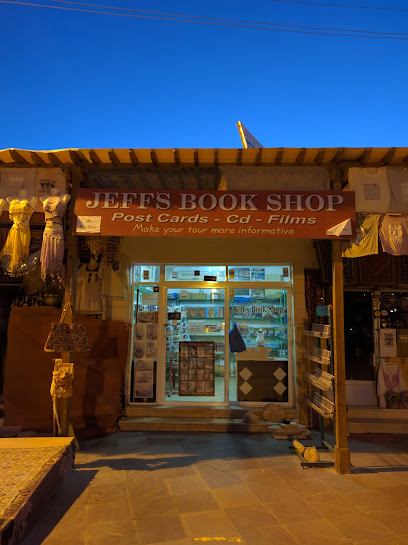
Petra Rosemary Shop & Frankincense
0.8 km
Explore the charming Petra Rosemary Shop & Frankincense for unique Jordanian gifts and aromatic treasures near the ancient city of Petra.
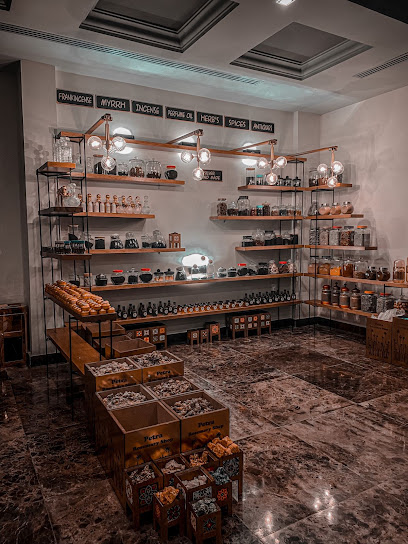
Lawrence of Arabia Souvenir
0.8 km
Explore the Lawrence of Arabia Souvenir shop in Wadi Musa for unique local crafts and memorable keepsakes from your Jordanian adventure.
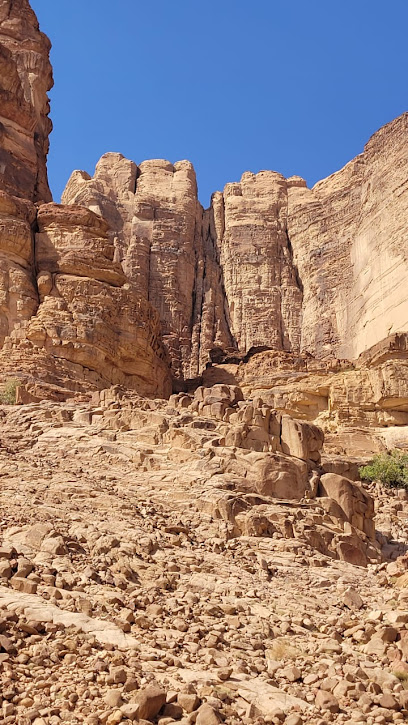
Murad Mini Market
0.9 km
Explore Murad Mini Market in Wadi Musa for an authentic shopping experience filled with unique Jordanian gifts and local treasures.
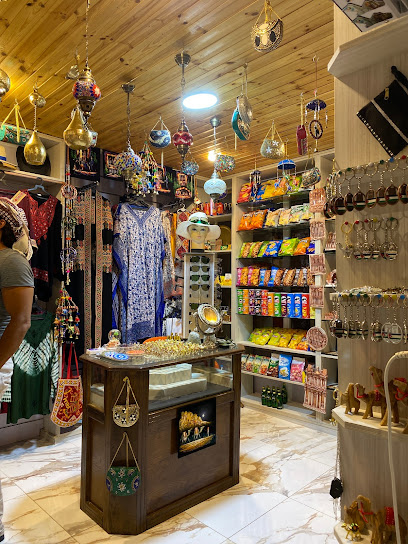
Petra Kitchen
0.9 km
Experience the rich culinary heritage of Jordan at Petra Kitchen with immersive cooking classes that bring local flavors to life.
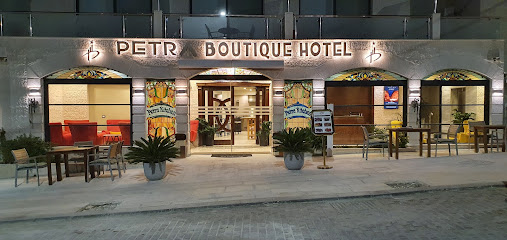
The Sand Castle Souvenir&Bazaar
0.9 km
Discover the essence of Jordan at The Sand Castle Souvenir & Bazaar, where unique local crafts meet a welcoming shopping experience.
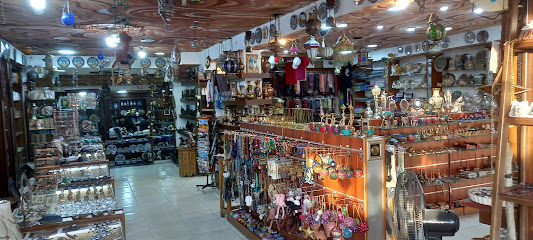
My dad supermarket
0.9 km
Discover Wadi Musa's My Dad Supermarket: Your one-stop destination for local and international shopping essentials.

Petra Boutique Hotel
0.9 km
Experience unrivaled comfort and luxury at Petra Boutique Hotel, just steps from the ancient city of Petra in Wadi Musa, Jordan.
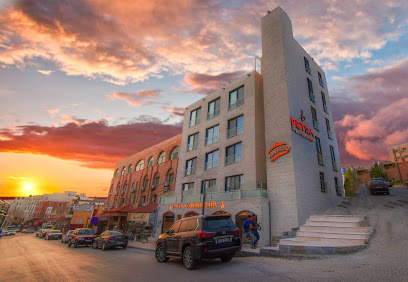
Petra Night Restaurant
0.9 km
Experience authentic Jordanian cuisine at Petra Night Restaurant, a must-visit dining spot in Wadi Musa with stunning views of Petra.
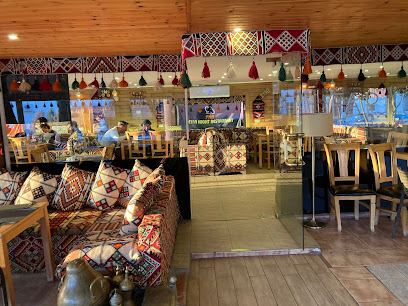
4²8
1.0 km
Discover 4²8 in Ma'an, a premier grocery store offering a diverse selection of local and international foods, perfect for all your culinary adventures.
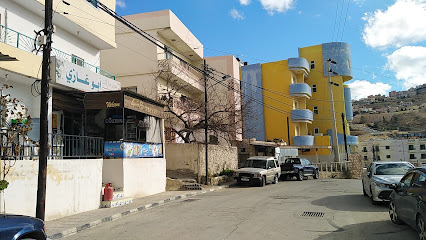
Nabataean Ladies Cooperative
1.1 km
Experience the magic of handcrafted silver jewelry at Nabataean Ladies Cooperative in Wadi Musa, where tradition meets artistry.
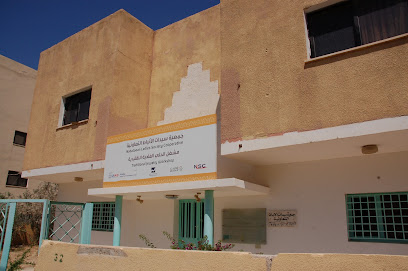
Petra Corner Hotel
1.2 km
Unwind in comfort at Petra Corner Hotel, your gateway to the wonders of Petra and the stunning landscapes of Wadi Rum.

Alla Aldeen mall - Supermarket
1.4 km
Discover local flavors and essentials at Alla Aldeen Mall, Wadi Musa's go-to supermarket for tourists and locals alike.
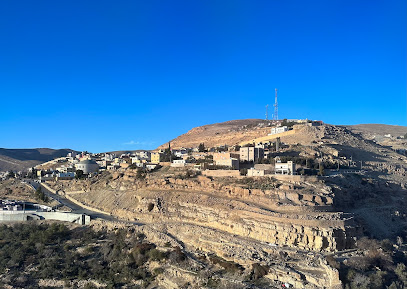
Petra Plaza Hotel
1.4 km
Discover the luxury and convenience of Petra Plaza Hotel, your gateway to the ancient city of Petra in Wadi Musa.
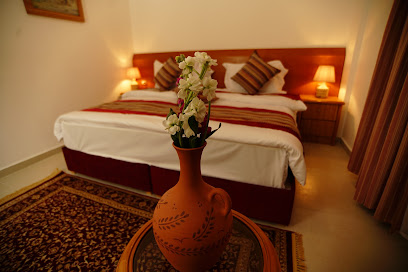
Essential bars & hidden hideouts
Al Multaqa Lobby Lounge
0.8 km
Discover Al Multaqa Lobby Lounge, a serene escape in Wadi Musa offering exquisite local and international cuisine amidst the beauty of Petra.
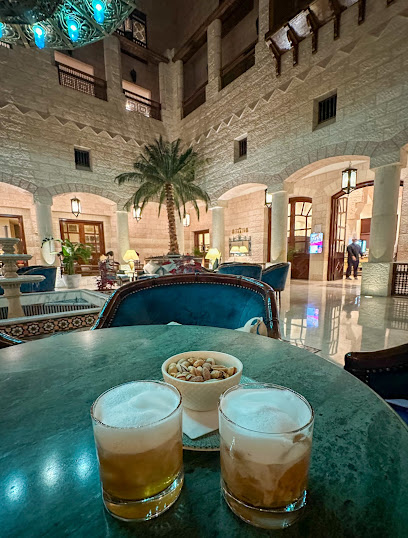
Al Baraka Tea Room
0.8 km
Experience authentic Jordanian hospitality at Al Baraka Tea Room in Wadi Musa, offering a rich selection of teas and flavors near Petra's wonders.

Kilkenny Bar
1.0 km
Kilkenny Bar in Wadi Musa - A perfect retreat for travelers seeking relaxation, great drinks, and a vibrant atmosphere.

صالة مسايا
1.2 km
Discover tranquility and comfort at صالة مسايا, the perfect lounge to unwind after exploring the wonders of Petra.

Time Out
1.4 km
Experience the authentic flavors of Jordan at Time Out, Wadi Musa's premier restaurant, just minutes from the ancient city of Petra.

White Bird cafe
1.5 km
Discover the charm of White Bird Cafe in Petra, where relaxation meets local culture in a delightful hookah experience.
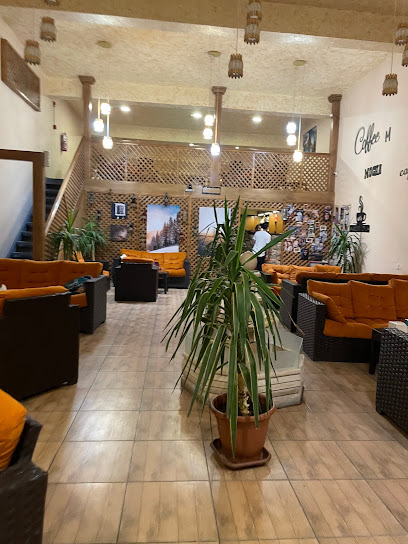
YMCA Rafiki Rooftop
1.5 km
Experience stunning views and exquisite local cuisine at YMCA Rafiki Rooftop in Wadi Musa, the perfect dining spot after exploring Petra.

ديوان آل ابو شروش الهلالات
1.6 km
Discover the essence of Jordanian culture at Diwan Al Abu Sharush Al Hilalat, a cozy lounge in Wadi Musa offering delightful beverages and local flavors.

BAHIA Rooftop & Restaurant
1.6 km
Discover the flavors of Jordan at BAHIA Rooftop & Restaurant, where stunning views meet exquisite cuisine in Wadi Musa.
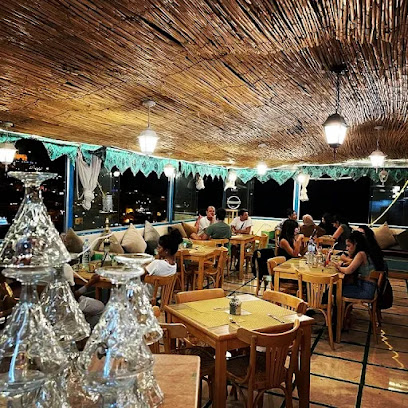
Rainbow Restaurant
1.6 km
Experience the vibrant flavors of Jordan at Rainbow Restaurant in Wadi Musa, where local cuisine meets fast food favorites.




